Why are watch designers so drawn to brutalism?
Watch brands looking for ways to break the conservative mould look to brutalist architecture and 1970s design codes

Watch design is necessarily conservative – apart from the obvious restrictions of form and function, there are brand codes and commercial realities in play. So, when a new idea does break out of the less constrained independent sector, commercial brands go all in (as with the last decade’s obsession with all things Gerald Genta).
Brutalist watch design
The runaway success of the B/1, a limited-edition $4,000 debut watch by Toledano & Chan (pictured top) partly inspired by Marcel Breuer’s brutalist building for the Whitney Museum in New York, caught the attention of the watch world for both the speed at which the edition sold out and the fact that Phillip Toledano and Alfred Chan, a conceptual artist and designer respectively, are well connected with social media tastemakers.

A window at the former Whitney Museum, New York, designed by Marcel Breuer
The B/1 hit a sweet spot, its creators noted, ‘between the major brands rehashing their back catalogue and the wild, rococo exuberance of independent watch brands’. The 33.5mm case is certainly drawn from a window on the Breuer building, though you can’t imagine anything as purely decorative as the lapis dial getting anywhere near Breuer’s design concepts. And that’s where the other, perhaps more important, influences come into play.
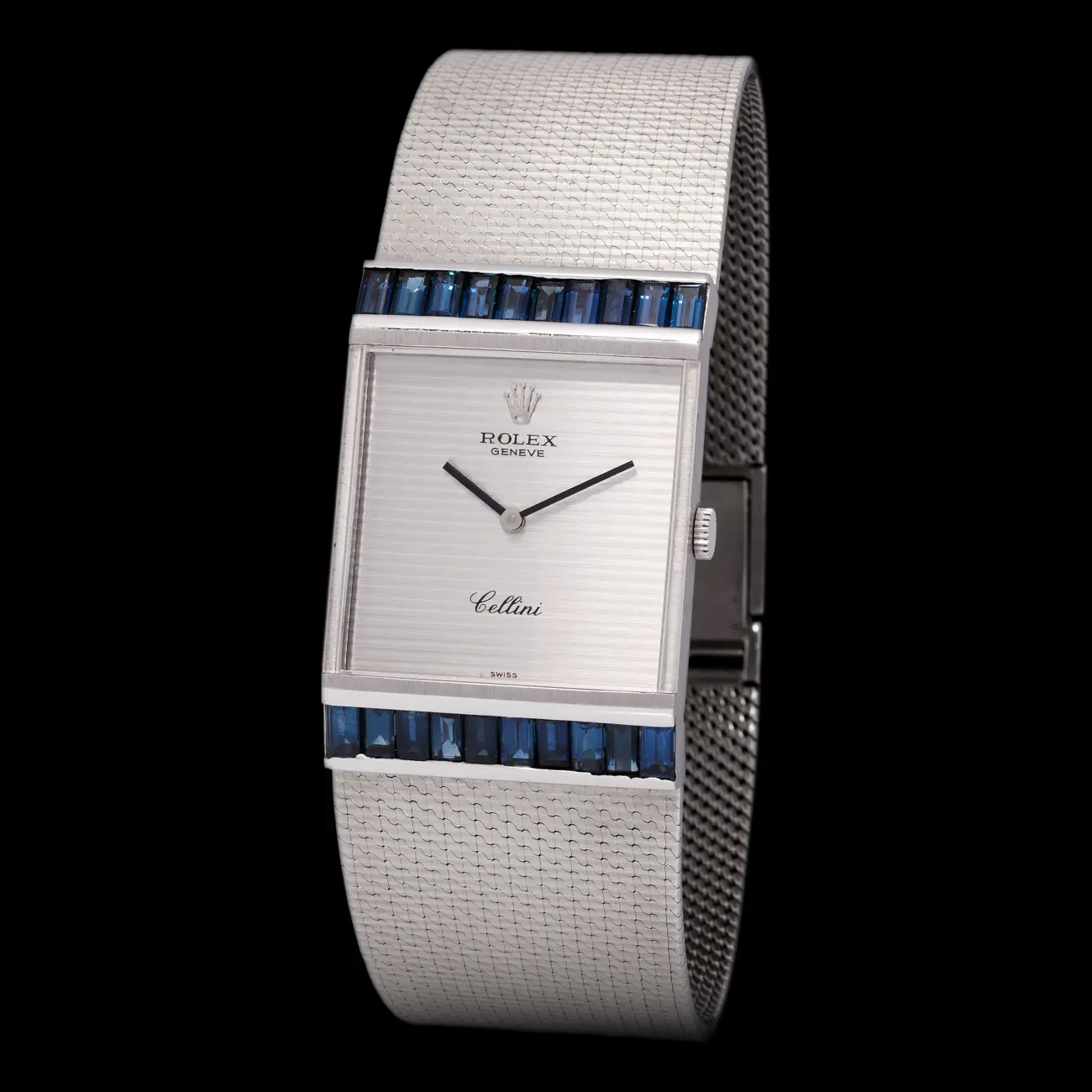
Rolex Cellini King Midas watch, sold for €35,100 at Monaco Legends April auction
The pair acknowledge the 1970s decade as a reference, but one that’s more free-wheeling and ambitious in design terms than is sometimes remembered – the era of the Rolex Midas, Piaget Polo, Patek Philippe’s variations on the Ellipse and this from Van Cleef Arpels – all of which quietly do well at auction – not to mention the space futurism of Andrew Grima and Pierre Cardin.

Casquette 2.0 watch in ceramic and titanium, £4,000, by Girard-Perregaux
It seems that it’s this desire for more sculpturally daring case shapes that caught collectors’ imaginations, a sentiment that can be seen in the demand for Girard-Perregaux’s recent Casquette 2.0, based on a 1970s original, and the revived Amida Digitrend. It’s also apparent in Audemars Piguet’s [Re]Master02, which takes inspiration from the brand's 1960 5159BA model. With its faceted asymmetrical case and dial made of 12 triangular segments, it shows how surface treatments can be used to create light and shadow.
![[Re]Master02 selfwinding in ‘sand’ gold, £41,000, by Audemars Piguet](https://cdn.mos.cms.futurecdn.net/YkzgpYkoN7pRgUnzes6fie.jpg)
[Re]Master02 selfwinding watch in ‘sand’ gold, £41,000, by Audemars Piguet
How this will play out with the bigger brands will start to become clear next year. After all, who wouldn’t want to see Patek Philippe revisit the 1970s from a different angle or Cartier reprise its asymmetric designs?
Receive our daily digest of inspiration, escapism and design stories from around the world direct to your inbox.
James Gurney has written on watches for over 25 years, founding QP Magazine in 2003, the UK’s first home-grown watch title. In 2009, he initiated SalonQP, one of the first watch fairs to focus on the end-consumer, and is regarded as a leading horological voice contributing to news and magazine titles across the globe.
-
 Modernism for sale: a Norman Jaffe-designed icon on Shelter Island hits the market
Modernism for sale: a Norman Jaffe-designed icon on Shelter Island hits the marketThe Osofsky House epitomised the glamour of high-end 70s modernism on Long Island. Now updated and refurbished, it’s back on the market for the first time in over two decades
-
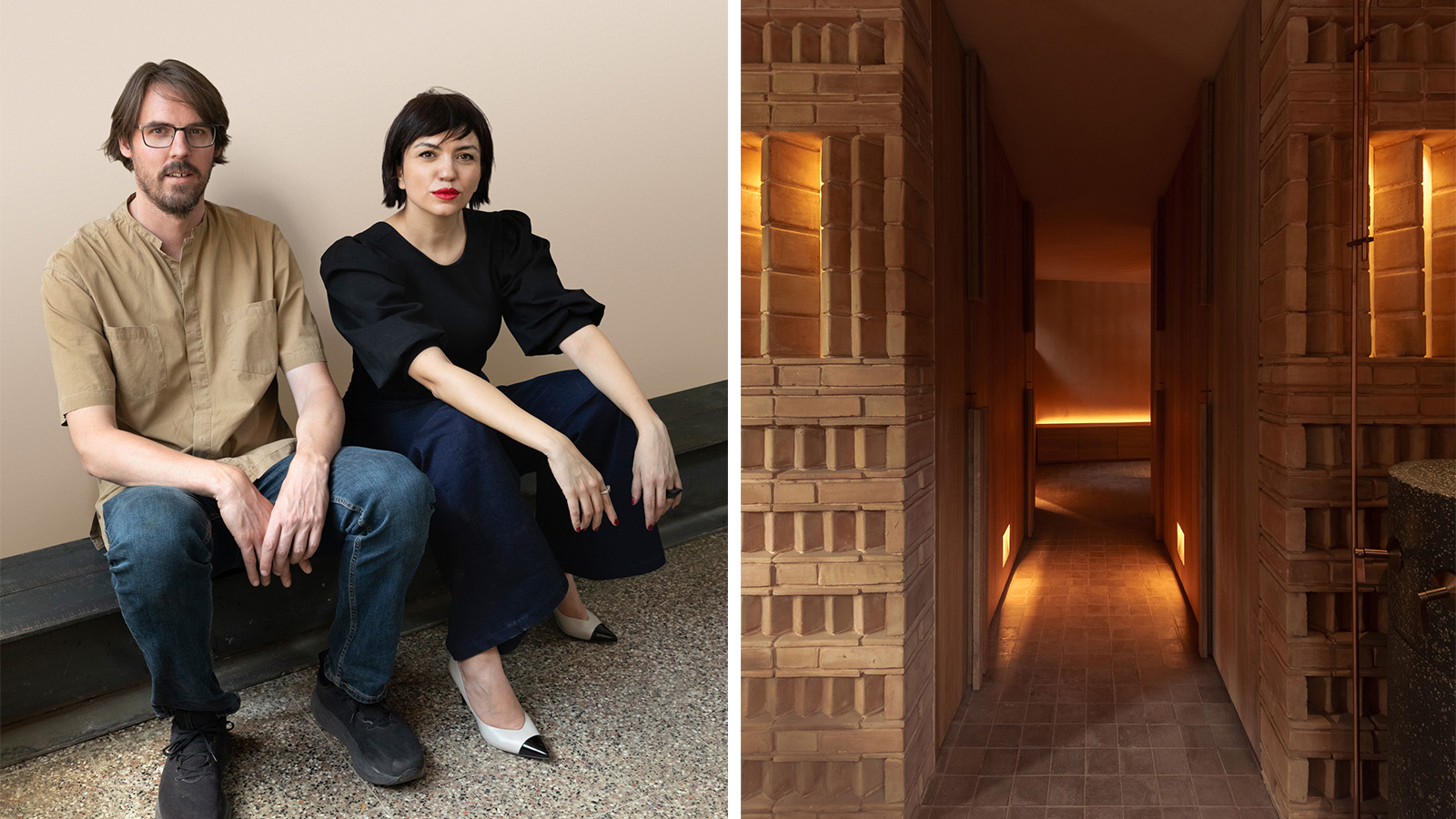 Discover Locus and its ‘eco-localism' - an alternative way of thinking about architecture
Discover Locus and its ‘eco-localism' - an alternative way of thinking about architectureLocus, an architecture firm in Mexico City, has a portfolio of projects which share an attitude rather than an obvious visual language
-
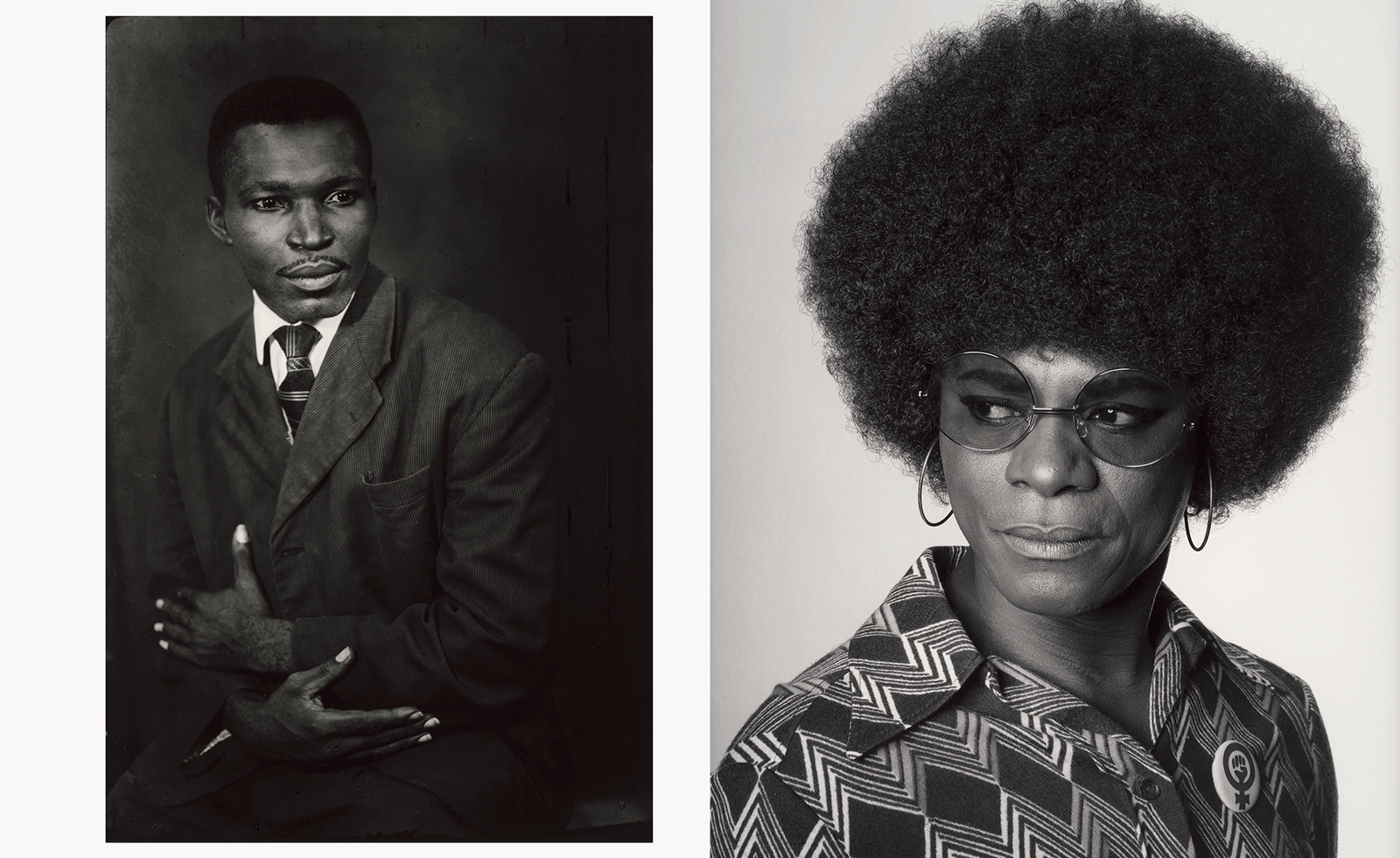 MoMA celebrates African portraiture in a far-reaching exhibition
MoMA celebrates African portraiture in a far-reaching exhibitionIn 'Ideas of Africa: Portraiture and Political Imagination' at MoMA, New York, studies African creativity in photography in front of and behind the camera
-
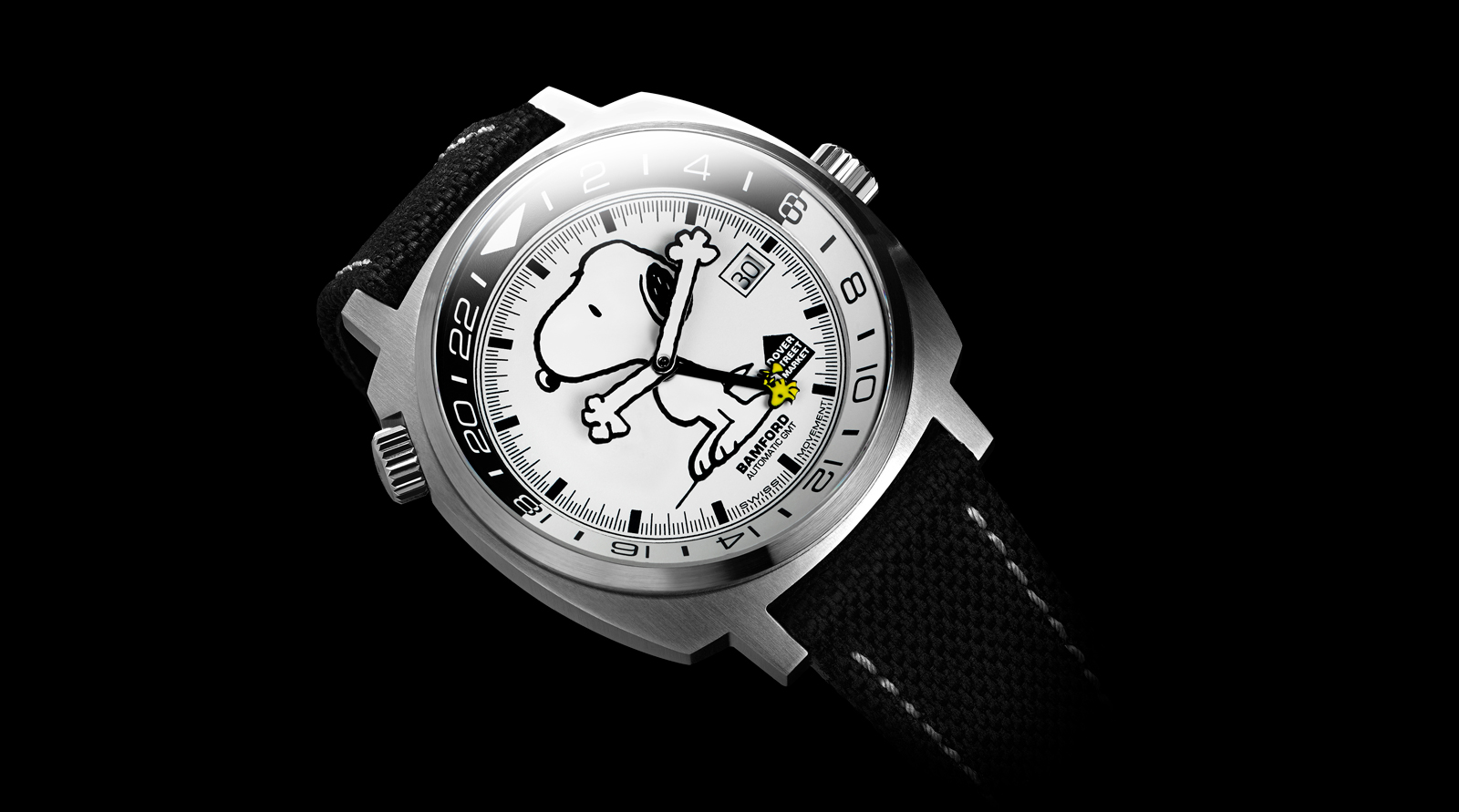 Bamford London and Dover Street Market launch limited-edition Snoopy watch
Bamford London and Dover Street Market launch limited-edition Snoopy watchThe Dover Street Market x Bamford London Snoopy GMT watch combines a clean design with humorous design codes
-
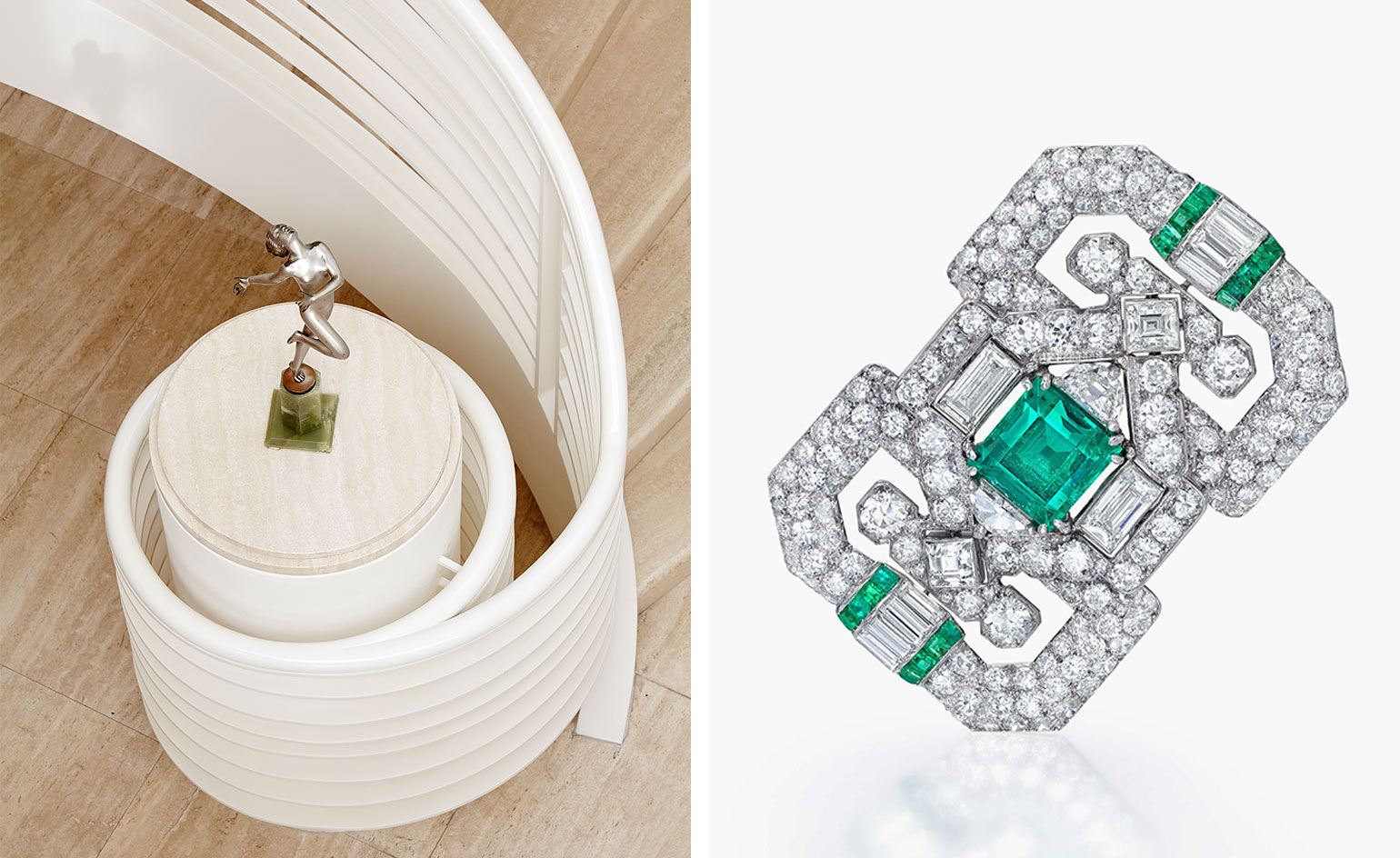 Auction highlight: a storied Hollywood jewel box comes under the hammer
Auction highlight: a storied Hollywood jewel box comes under the hammer -
 Bonhams to auction Donald Healey’s rare Rolex and Austin Healey motors
Bonhams to auction Donald Healey’s rare Rolex and Austin Healey motors -
 Harry Winston opens a new salon in Shanghai
Harry Winston opens a new salon in Shanghai